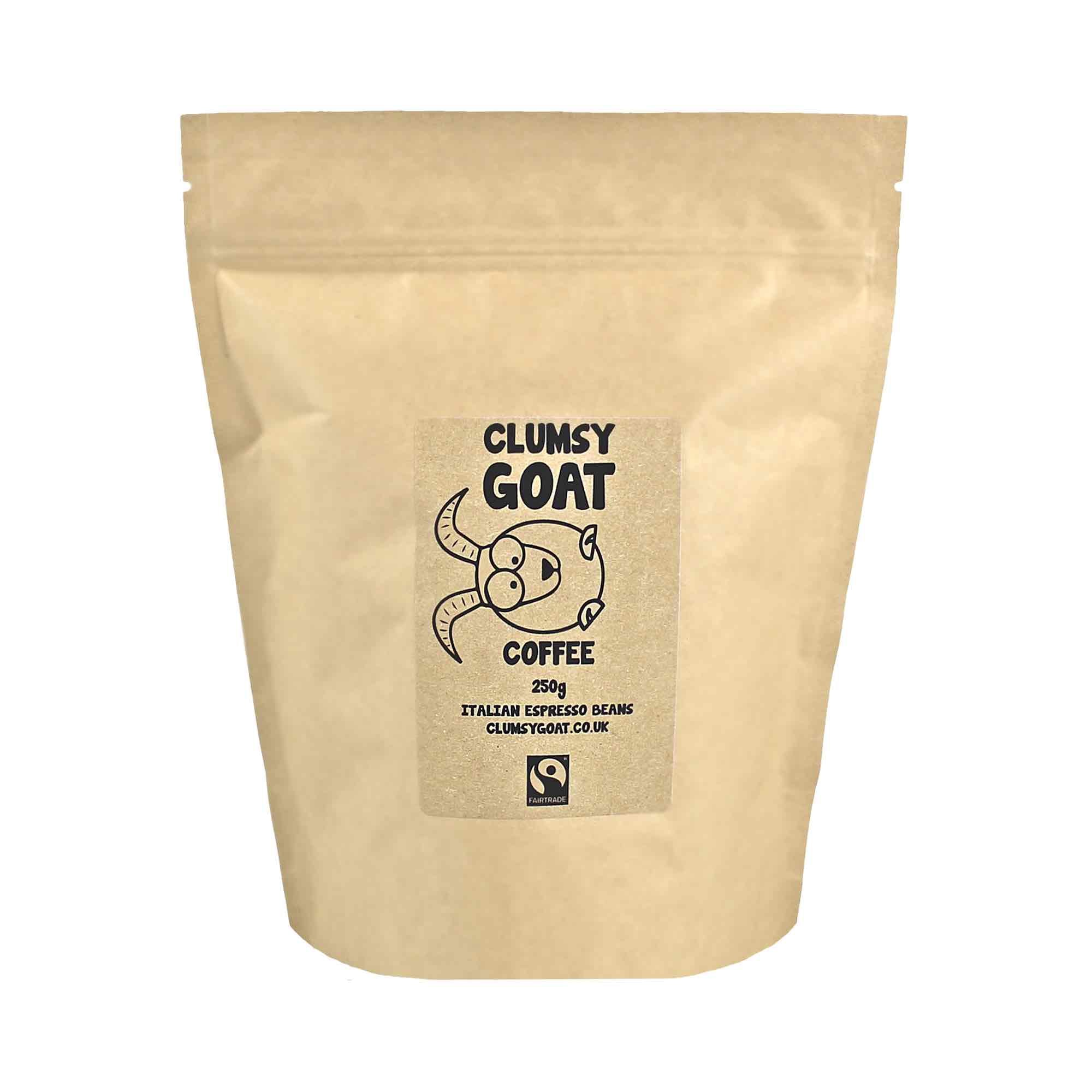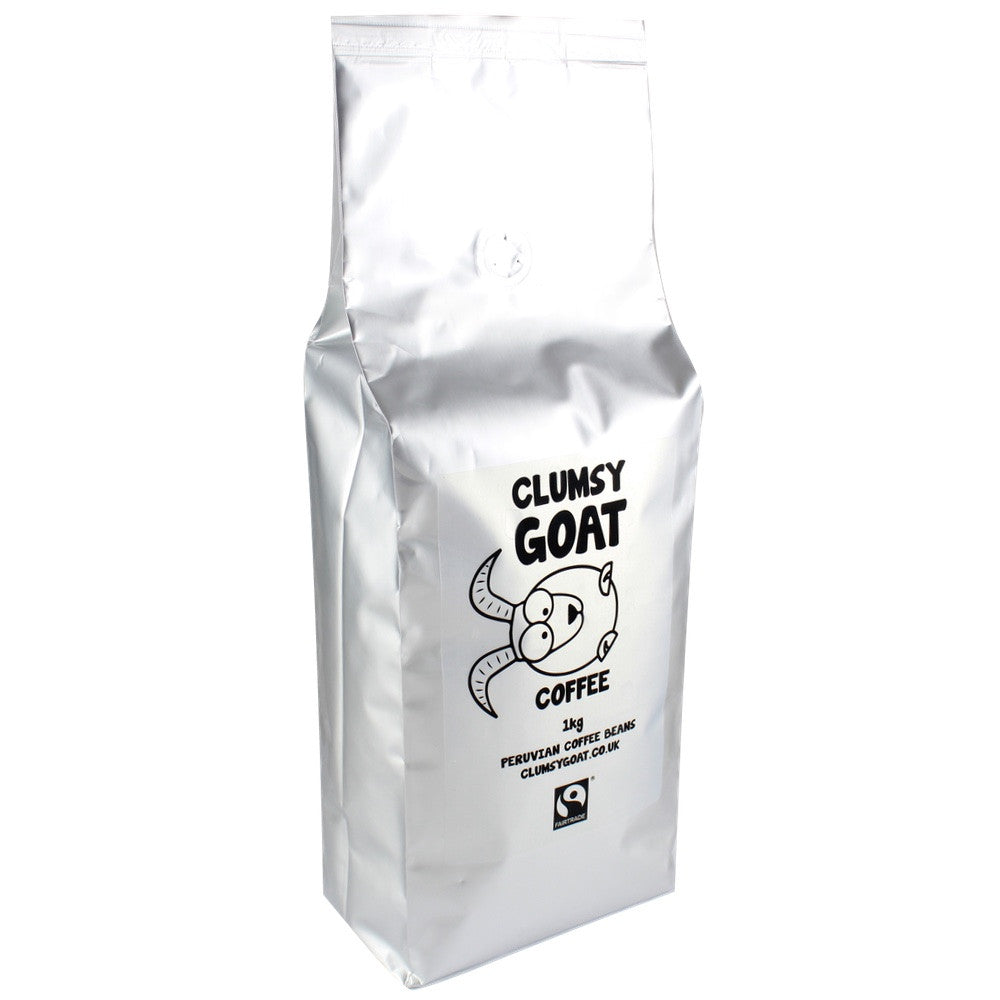Today we turn our attention to coffee acidity. It’s often an important focus of coffee tasting guides, but what exactly does it mean? Whether you already know your stuff or you’re a beginner on the road to enlightenment, it’s our hope that this guide will further develop your understanding and help you when it comes to choosing a new coffee to try out.
I should start by pointing out that acidity in coffee isn’t necessarily a bad thing. In fact, much of the flavour we enjoy from coffee is closely linked to its acidic profile. Too much acidity in anything is unpleasant – think of the sour, tangy taste you might get from an apple that’s past its best. You’d experience something similar from a coffee that hasn’t been processed properly.
That’s why each step of a coffee bean’s journey, from the way it’s grown to the way it’s roasted, is carefully tailored towards preserving and teasing out its natural acidity. After all, this is what gives beans that are grown in different regions their unique characteristics. The roasting process, in particular, is known to alter the concentration of acidity in coffee beans. Generally speaking, most acids degrade at higher temperatures, so it’s the ones that survive this process that we’ll focus on.
Chlorogenic acids – These are those that degrade quickly during the roasting process, so they’re most commonly found in lighter roasts. This explains why lighter roasts are often described as being brighter and more acidic than darker roasts.
Acetic acid – In small amounts, this can result in a lovely sharpness, and you’ll know it because it’s the exact same acid in vinegar.
Citric acid – This tends to be found in beans grown at higher elevations, particularly from the Arabica plant. Unfortunately there are no prizes for guessing that it’s the exact same type of acidity that’s present in citrus fruits like oranges and lemons. We have our very own premium high grown arabica roast which you can view here - Clumsy Goat Ethiopia Sidamo Single Origin, it has a lovely light citrus taste that's great for summer afternoons.
Phosphoric acid – This is often much sweeter than other acids and is found in fruits like mangos and grapefruits.
Tartaric acid – This is found in grapes, which is why coffee containing this can often take on wine-like characteristics. However, much like Acetic acid, too much of it can make for a sour cup!
Quinic acid – Presence of this in a coffee can lend itself to a clean finish, but again, this is also likely to upset your stomach if there’s too much of it. You’ll often taste this in stale coffee, darker roasts, or even coffee that’s kept warm for too long after brewing. This is because quinic acid is produced as other acids degrade.
Malic acid – Coffee beans containing malic acid are often associated with subtle hints of pear and apple, but can sometimes suggest notes of stone fruits. This is common in many of our South American roasts.
Hopefully you’ll be able to align your preferences with one or two of these, and next time it comes to choosing a coffee to taste you’ll have a much clearer idea of what which direction you should head in!
Be sure to take a look at our range of speciality coffee beans by clicking here. We have great tasting guides for all of our roasts so you can have a good idea of which roast you'll enjoy :)
Alternatively if you'd prefer not to make the choice - head over to our Roast of the Month Coffee Subscriptions and we'll send you a different roast and flavour profile each month, with free shipping!










